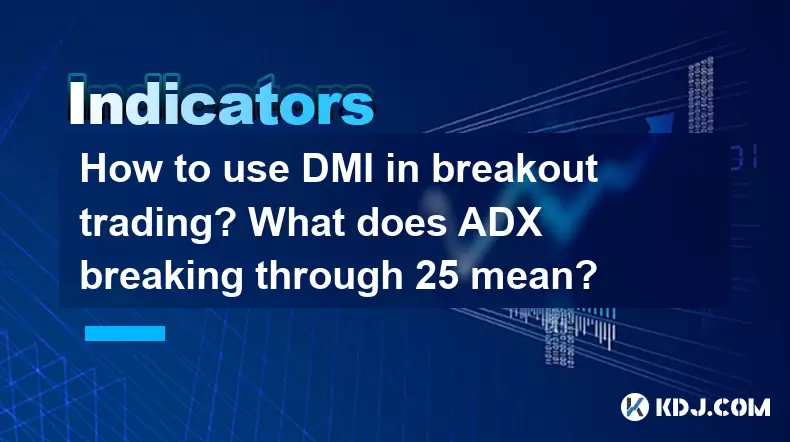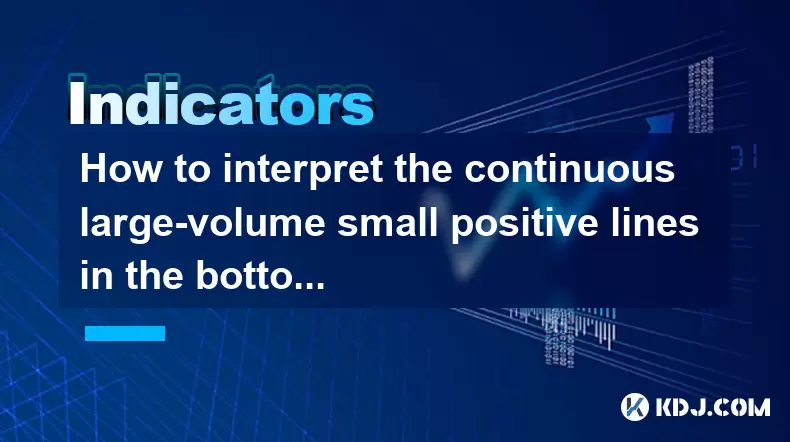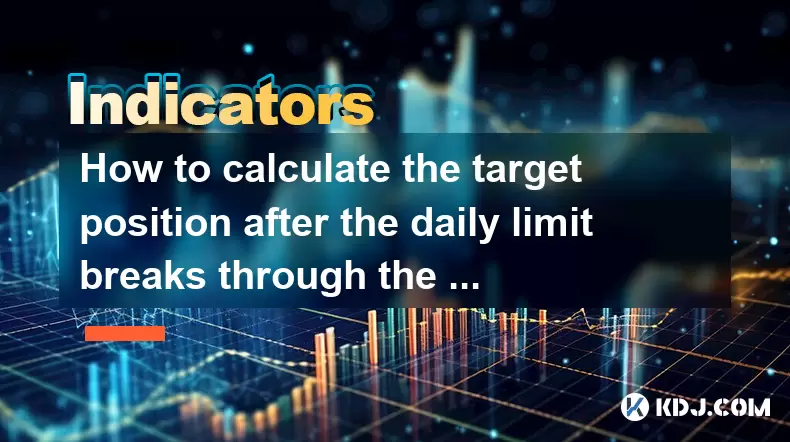-
 Bitcoin
Bitcoin $101,898.5005
-0.75% -
 Ethereum
Ethereum $2,258.1125
-1.07% -
 Tether USDt
Tether USDt $1.0004
0.01% -
 XRP
XRP $2.0178
-2.93% -
 BNB
BNB $624.0243
-1.53% -
 Solana
Solana $134.3298
-0.90% -
 USDC
USDC $0.9999
0.01% -
 TRON
TRON $0.2675
-2.05% -
 Dogecoin
Dogecoin $0.1538
-1.96% -
 Cardano
Cardano $0.5482
-1.11% -
 Hyperliquid
Hyperliquid $35.5636
5.45% -
 Bitcoin Cash
Bitcoin Cash $453.4902
-1.66% -
 Sui
Sui $2.5134
-2.97% -
 UNUS SED LEO
UNUS SED LEO $9.1292
1.77% -
 Chainlink
Chainlink $11.8457
-1.60% -
 Stellar
Stellar $0.2312
-2.73% -
 Avalanche
Avalanche $16.9721
0.29% -
 Toncoin
Toncoin $2.7549
-3.82% -
 Shiba Inu
Shiba Inu $0.0...01081
-1.10% -
 Litecoin
Litecoin $80.8250
-0.71% -
 Hedera
Hedera $0.1374
0.21% -
 Monero
Monero $305.4827
-2.36% -
 Ethena USDe
Ethena USDe $1.0006
0.00% -
 Dai
Dai $1.0000
-0.01% -
 Polkadot
Polkadot $3.2085
-3.12% -
 Bitget Token
Bitget Token $4.0845
-3.13% -
 Uniswap
Uniswap $6.3353
-1.63% -
 Pi
Pi $0.5085
-0.70% -
 Pepe
Pepe $0.0...08913
-3.82% -
 Aave
Aave $232.7090
-0.58%
How to use DMI in breakout trading? What does ADX breaking through 25 mean?
Use DMI for breakout trading by watching +DI/-DI crossovers near key levels and confirming with ADX above 25 for strong trends.
May 23, 2025 at 06:21 pm

How to Use DMI in Breakout Trading? What Does ADX Breaking Through 25 Mean?
The Directional Movement Index (DMI) and the Average Directional Index (ADX) are essential technical indicators used by traders to identify the strength of a trend and potential breakout opportunities in the cryptocurrency market. In this article, we will delve into how to effectively use DMI in breakout trading and what it means when the ADX breaks through the 25 level.
Understanding DMI and ADX
The DMI, developed by J. Welles Wilder, consists of two lines: the Positive Directional Indicator (+DI) and the Negative Directional Indicator (-DI). These lines help traders identify the direction of the trend. The ADX, on the other hand, measures the strength of the trend, regardless of its direction. It is derived from the DMI and ranges between 0 and 100.
The +DI line represents the upward movement in the market, while the -DI line represents the downward movement. When the +DI line crosses above the -DI line, it indicates a bullish trend, and when the -DI line crosses above the +DI line, it indicates a bearish trend. The ADX line, when above 25, suggests a strong trend, and when below 25, it indicates a weak or non-trending market.
Using DMI for Breakout Trading
Breakout trading involves identifying key levels of support and resistance and entering trades when the price breaks out of these levels. The DMI can be a valuable tool in this strategy as it helps confirm the direction and strength of the breakout.
To use DMI for breakout trading, follow these steps:
- Identify key levels: Use technical analysis to identify significant support and resistance levels on the cryptocurrency chart.
- Monitor DMI lines: Watch for crossovers between the +DI and -DI lines. A bullish crossover (where +DI crosses above -DI) near a support level can signal a potential upward breakout, while a bearish crossover (where -DI crosses above +DI) near a resistance level can signal a potential downward breakout.
- Confirm with ADX: Check the ADX line to confirm the strength of the trend. A rising ADX above 25 can indicate a strong breakout, while an ADX below 25 might suggest a false breakout.
For example, if Bitcoin is trading near a strong resistance level and the +DI line crosses above the -DI line, with the ADX rising above 25, it could be a signal to enter a long position, anticipating an upward breakout.
What Does ADX Breaking Through 25 Mean?
The ADX breaking through the 25 level is a critical signal for traders, as it indicates that a strong trend is developing. An ADX value above 25 suggests that the market is entering a trending phase, where the price is likely to continue moving in the direction of the trend.
When the ADX breaks through 25, traders should consider the following:
- Trend strength: A higher ADX value indicates a stronger trend. For instance, an ADX of 30 or higher suggests a very strong trend, while an ADX between 25 and 30 indicates a moderately strong trend.
- Directional bias: Use the +DI and -DI lines to determine the direction of the trend. If the +DI line is above the -DI line when the ADX breaks through 25, it suggests a bullish trend. Conversely, if the -DI line is above the +DI line, it suggests a bearish trend.
- Trading opportunities: The ADX breaking through 25 can signal potential trading opportunities. Traders might consider entering positions in the direction of the trend, using the breakout levels as entry points.
For instance, if Ethereum's ADX breaks through 25 and the +DI line is above the -DI line, it could be a signal to enter a long position, expecting the price to continue rising.
Combining DMI and ADX with Other Indicators
While DMI and ADX are powerful tools, combining them with other technical indicators can enhance their effectiveness in breakout trading. Some popular indicators to consider include:
- Moving Averages: Use moving averages to confirm the direction of the trend. A breakout above a moving average can reinforce a bullish signal from the DMI, while a breakout below a moving average can reinforce a bearish signal.
- Volume Indicators: High trading volume during a breakout can validate the strength of the move. Look for volume spikes when the DMI indicates a breakout and the ADX is above 25.
- Oscillators: Oscillators like the Relative Strength Index (RSI) or the Stochastic Oscillator can help identify overbought or oversold conditions, which can be useful in timing entries and exits during breakouts.
For example, if the DMI indicates a bullish breakout with the ADX above 25, and the RSI is not in overbought territory, it could be a strong signal to enter a long position on a cryptocurrency like Litecoin.
Practical Example of DMI and ADX in Breakout Trading
Let's walk through a practical example of using DMI and ADX in breakout trading with a hypothetical scenario involving Bitcoin.
- Step 1: Identify key levels - Suppose Bitcoin is trading near a significant resistance level at $50,000.
- Step 2: Monitor DMI lines - The +DI line crosses above the -DI line as Bitcoin approaches the $50,000 resistance level.
- Step 3: Confirm with ADX - The ADX rises above 25, indicating a strong trend.
- Step 4: Enter the trade - Based on the bullish DMI crossover and the strong ADX, a trader might enter a long position at $50,000, expecting a breakout.
- Step 5: Set stop-loss and take-profit levels - Place a stop-loss order below the breakout level (e.g., $49,500) and a take-profit order at a higher level (e.g., $52,000).
In this scenario, the DMI and ADX provide clear signals for a potential upward breakout, allowing the trader to make an informed decision.
Risk Management in DMI Breakout Trading
Effective risk management is crucial when using DMI and ADX for breakout trading. Here are some strategies to consider:
- Position sizing: Determine the appropriate position size based on your risk tolerance and account balance. A common rule is to risk no more than 1-2% of your trading capital on a single trade.
- Stop-loss orders: Always use stop-loss orders to limit potential losses. Place the stop-loss below the breakout level for long positions and above the breakout level for short positions.
- Take-profit orders: Set take-profit orders to secure profits at predetermined levels. Consider using technical levels like Fibonacci extensions or previous highs/lows as take-profit targets.
- Diversification: Spread your risk by trading multiple cryptocurrencies or using different breakout strategies.
For example, if you're trading Ripple and using the DMI and ADX for a breakout trade, ensure you have a stop-loss order in place to protect against potential losses if the breakout fails.
Frequently Asked Questions
Q: Can DMI and ADX be used for intraday trading in the cryptocurrency market?
A: Yes, DMI and ADX can be effectively used for intraday trading in the cryptocurrency market. Traders can use shorter time frames, such as 15-minute or 1-hour charts, to identify intraday breakouts. The key is to monitor the DMI crossovers and the ADX level closely, ensuring that the signals align with the intraday price movements.
Q: How does the DMI and ADX perform in volatile cryptocurrency markets?
A: In volatile cryptocurrency markets, the DMI and ADX can be particularly useful as they help traders identify strong trends amidst the noise. However, traders should be cautious and use wider stop-loss orders to account for the increased volatility. Additionally, combining DMI and ADX with other volatility indicators, like the Bollinger Bands, can provide a more comprehensive view of market conditions.
Q: What are some common mistakes to avoid when using DMI and ADX for breakout trading?
A: Common mistakes include entering trades based solely on DMI crossovers without confirming the trend strength with the ADX, ignoring key support and resistance levels, and not using proper risk management. Traders should always verify the strength of the trend with the ADX and use technical analysis to identify significant levels before entering trades.
Q: How can I backtest my DMI and ADX breakout strategy in the cryptocurrency market?
A: To backtest a DMI and ADX breakout strategy, use historical cryptocurrency data to simulate trades based on your strategy rules. Many trading platforms and software, such as TradingView or MetaTrader, offer backtesting capabilities. Ensure you test your strategy across different market conditions and cryptocurrencies to validate its effectiveness.
Disclaimer:info@kdj.com
The information provided is not trading advice. kdj.com does not assume any responsibility for any investments made based on the information provided in this article. Cryptocurrencies are highly volatile and it is highly recommended that you invest with caution after thorough research!
If you believe that the content used on this website infringes your copyright, please contact us immediately (info@kdj.com) and we will delete it promptly.
- XRP Rally Meets Neo Pepe Presale: A Meme Coin Revolution?
- 2025-06-23 17:05:13
- Coin-Op Comeback: Arcade Bars, Stern, and a Director's New Venture
- 2025-06-23 16:45:12
- XRP in Japan: From Community Day Tacos to Payment Sector Transformation
- 2025-06-23 17:05:13
- LILPEPE Presale Frenzy: The Meme Coin Revolution is Here, Ya'll!
- 2025-06-23 16:45:12
- Bitcoin Crash Incoming? Kiyosaki Bets Big on Silver Amidst Global Uncertainty
- 2025-06-23 17:25:11
- Dogecoin, Meme Coins, Price Prediction: Riding the Bullish Wave?
- 2025-06-23 17:25:11
Related knowledge

Is the high opening and low closing and huge volume the next day a trap for more?
Jun 23,2025 at 05:07pm
Understanding High Opening and Low Closing with Huge VolumeWhen traders observe a high opening followed by a low closing and massive volume the next day, it often raises concerns about whether this is a trap set by larger players in the market. This pattern typically indicates strong volatility within a short period, which can confuse retail investors. ...

How to interpret the MACD's second golden cross on the water but insufficient volume?
Jun 23,2025 at 05:01pm
Understanding the MACD Indicator and Its SignificanceThe Moving Average Convergence Divergence (MACD) is a widely used technical analysis tool in cryptocurrency trading. It helps traders identify potential buy or sell signals by showing the relationship between two moving averages of an asset’s price. The MACD line, signal line, and histogram are the th...

How much volume is required for the W-bottom to break through the neckline of the time-sharing chart?
Jun 23,2025 at 04:21pm
Understanding the W-Bottom Pattern in Cryptocurrency TradingThe W-bottom pattern is a popular technical analysis formation used by traders to identify potential bullish reversals. It typically appears at the end of a downtrend and resembles the letter 'W' on price charts. In the context of cryptocurrency trading, where volatility is high and trends shif...

How to interpret the continuous large-volume small positive lines in the bottom area?
Jun 23,2025 at 04:43pm
Understanding the Basics of 'Large-Volume Small Positive Lines'In technical analysis, especially within the cryptocurrency market, the pattern known as 'large-volume small positive lines' refers to a scenario where the price increases slightly (small positive candlestick) but is accompanied by unusually high trading volume. This phenomenon typically occ...

How to read the sideways consolidation after the bottom volume and long positive line?
Jun 23,2025 at 02:28pm
Understanding the Sideways ConsolidationWhen analyzing cryptocurrency charts, sidewards consolidation refers to a phase where prices move within a narrow range without a clear upward or downward trend. This pattern often appears after significant price movements, such as a sharp increase followed by a period of equilibrium between buyers and sellers. In...

How to calculate the target position after the daily limit breaks through the previous high?
Jun 23,2025 at 02:57pm
Understanding the Daily Limit BreakthroughIn cryptocurrency trading, a daily limit typically refers to the maximum price movement allowed within a single trading day on certain exchanges. When this limit is breached, especially when it surpasses the previous high, traders often seek to calculate the target position or expected price movement following s...

Is the high opening and low closing and huge volume the next day a trap for more?
Jun 23,2025 at 05:07pm
Understanding High Opening and Low Closing with Huge VolumeWhen traders observe a high opening followed by a low closing and massive volume the next day, it often raises concerns about whether this is a trap set by larger players in the market. This pattern typically indicates strong volatility within a short period, which can confuse retail investors. ...

How to interpret the MACD's second golden cross on the water but insufficient volume?
Jun 23,2025 at 05:01pm
Understanding the MACD Indicator and Its SignificanceThe Moving Average Convergence Divergence (MACD) is a widely used technical analysis tool in cryptocurrency trading. It helps traders identify potential buy or sell signals by showing the relationship between two moving averages of an asset’s price. The MACD line, signal line, and histogram are the th...

How much volume is required for the W-bottom to break through the neckline of the time-sharing chart?
Jun 23,2025 at 04:21pm
Understanding the W-Bottom Pattern in Cryptocurrency TradingThe W-bottom pattern is a popular technical analysis formation used by traders to identify potential bullish reversals. It typically appears at the end of a downtrend and resembles the letter 'W' on price charts. In the context of cryptocurrency trading, where volatility is high and trends shif...

How to interpret the continuous large-volume small positive lines in the bottom area?
Jun 23,2025 at 04:43pm
Understanding the Basics of 'Large-Volume Small Positive Lines'In technical analysis, especially within the cryptocurrency market, the pattern known as 'large-volume small positive lines' refers to a scenario where the price increases slightly (small positive candlestick) but is accompanied by unusually high trading volume. This phenomenon typically occ...

How to read the sideways consolidation after the bottom volume and long positive line?
Jun 23,2025 at 02:28pm
Understanding the Sideways ConsolidationWhen analyzing cryptocurrency charts, sidewards consolidation refers to a phase where prices move within a narrow range without a clear upward or downward trend. This pattern often appears after significant price movements, such as a sharp increase followed by a period of equilibrium between buyers and sellers. In...

How to calculate the target position after the daily limit breaks through the previous high?
Jun 23,2025 at 02:57pm
Understanding the Daily Limit BreakthroughIn cryptocurrency trading, a daily limit typically refers to the maximum price movement allowed within a single trading day on certain exchanges. When this limit is breached, especially when it surpasses the previous high, traders often seek to calculate the target position or expected price movement following s...
See all articles
























































































